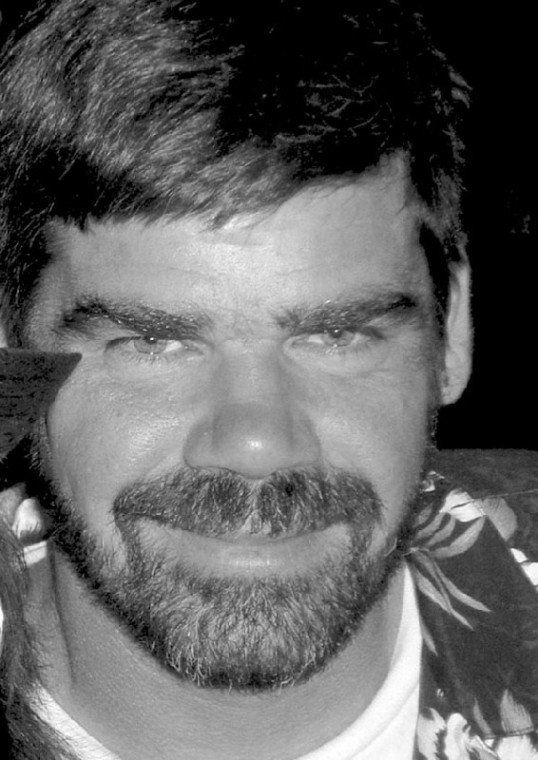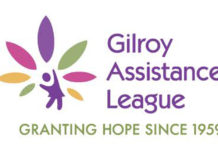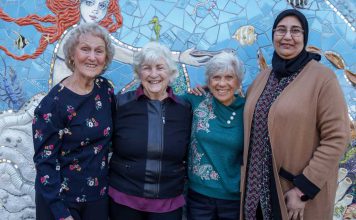By Karina Ioffee – Staff Writer
San Juan Bautista
– Dan and James Vermilyer went to the South Pacific seeking fun
and adventure for the holidays. Instead, the father and son from
San Juan Bautista became involved in a massive recovery effort
following the 9.0 earthquake and subsequent tsunami that as of
Monday have killed more than 23,000 people
in 10 countries and left millions more homeless.
By Karina Ioffee – Staff Writer
San Juan Bautista – Dan and James Vermilyer went to the South Pacific seeking fun and adventure for the holidays. Instead, the father and son from San Juan Bautista became involved in a massive recovery effort following the 9.0 earthquake and subsequent tsunami that as of Monday have killed more than 23,000 people in 10 countries and left millions more homeless.
The Vermilyers were in Bangkok, the capital of Thailand, when the tsunami struck Sunday morning, avoiding the heavy casualties suffered in the coastal regions. It wasn’t until they arrived in Phuket, a popular resort town in the southern part of the country, where they planned to snorkel and cave dive, that they heard news of the hundreds of dead from the gigantic waves that crashed into Thailand’s coast. The pair put their vacation plans on hold and started helping at a local hospital, setting up cots and directing patients based on the severity of their injuries, according to e-mails sent to friends and family in California. Soon the Vermilyers jumped into the action further by helping English-speaking tourists who had lost passports in the quake, which originated six miles below the Indian Ocean and caused waves at least 20 feet high.
Family members panicked upon hearing the news of the death and destruction, but were reassured when they realized they had spoken with the two after the catastrophe occurred.
“It took us some time to figure out what was going on because they had called on Saturday night … but did not mention anything unusual,” said Jim Vermilyer, Dan’s father and James Jr.’s grandfather. The two had called home on Sunday morning, after the earthquake had struck, but because they do not read or understand Thai and did not feel the shaking, were unaware of what had happened. Thailand is 15 hours ahead and across the International Dateline from California.
Dan, who owns The Lost Forge, a blacksmith business in San Juan Bautista, wrote an e-mail to friend Jennifer Roybal-Marquez, describing the scene that was unfolding before him.
“The whole coastline and all the islands around have been hit … it’s caotic (sic) around here; the military is here, ambulances and trucks with stretchers all threw (sic) the streets.” The need for medical care was so severe that the hospital had to set up beds outside, wrote Dan Vermilyer.
Jim Vermilyer first called the International Red Cross and then all the family friends to find out if his son and grandson had been hurt.
“I started going through Dan’s Rolodex and looking for anybody who I could call,” he said. Vermilyer was finally able to get in touch with the father of a fellow traveler, who had heard from the group and knew they were safe.
Dan Vermilyer, 39, was born and raised in San Juan Bautista. His son, James, is 15 and is a freshman at Anzar High School.
“They are real adventurer types and I can see why they would put themselves in this position,” said Roybal-Marquez, who has known the family for many years.
The pair plans to head to north Thailand – away from the coastal area – heeding the U.S. Consulate’s advice to leave the area before an epidemic breaks out, she said. Authorities fear waterborne diseases such as malaria and cholera could spread with the high number of injured and sick people, according to the Associated Press.
The tsunami struck the Thailand coast after traveling from the quake’s epicenter near the island of Sumatra at estimated speeds up to 500 mph. The quake occurred as a 620-mile section of a geological plate shifted. Because no early warning systems exist in the Indian Ocean, local governments had no time to evacuate residents, the AP reported.
Eight Americans have been reported killed, but many more remain unaccounted for in the region, according to the news agency. The U.S. has sent out disaster teams and prepared a $15 million aid package to Thailand and other countries affected by the tidal waves. The number of casualties is expected to rise in the coming days as rescue teams uncover more bodies covered by sand or those that wash up on the beaches.
Sunday’s temblor was the largest since 1964, when a 9.2 magnitude quake in Alaska caused tsunami waves and many aftershocks.
The disaster could be the costliest in history as well, with “many billions of dollars” of damage, said U.N. Undersecretary Jan Egeland, who is in charge of emergency relief coordination. Hundreds of thousands have lost everything, and millions face a hazardous future because of polluted drinking water, a lack of sanitation and no health services, he said.
More than 12,000 people died in Sri Lanka, nearly 5,000 in Indonesia, and 4,000 in India. The International Red Cross, which reported 23,700 deaths, said it was concerned that diseases like malaria and cholera could add to the toll.
Late Monday, Indonesian Vice President Yusuf Kalla was quoted as saying he believed the toll in the country could be as high as 25,000, that would be 20,000 more deaths than confirmed there so far and push the overall death toll to 42,000.
“We don’t have confirmed data, but I think between 21,000 and 25,000 people (have died), he said, according to the Antara state news agency.
Officials in Thailand and Indonesia conceded that immediate public warnings of gigantic waves could have saved lives. The only known warning issued by Thai authorities reached resort operators when it was too late. The waves hit Sri Lanka and India more than two hours after the quake.
But governments insisted they couldn’t have known the true danger because there is no international system in place to track tsunamis in the Indian Ocean, and they could not afford the sophisticated equipment to build one.
Australian Prime Minister John Howard said he would investigate what role his country could play in setting up an Indian Ocean warning system. The head of the British Commonwealth bloc of Britain and its former colonies called for talks on creating a global early warning system for tsunamis.
Egeland said the issue of creating a tsunami warning system would be taken up at the World Conference on Disaster Reduction in Kobe, Japan from Jan. 18-22.
The United States dispatched disaster teams and prepared a $15 million aid package to the Asian countries, and the 25-nation European Union promised to quickly deliver $4 million. Japan, China and Russia were sending teams of experts.















